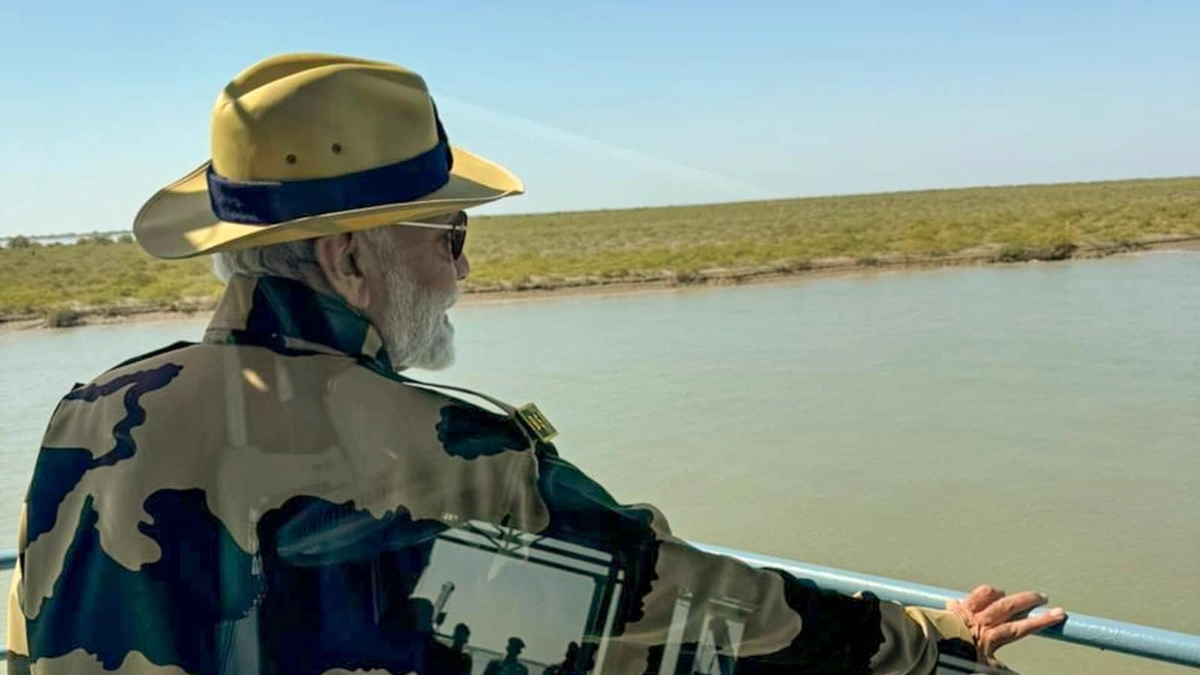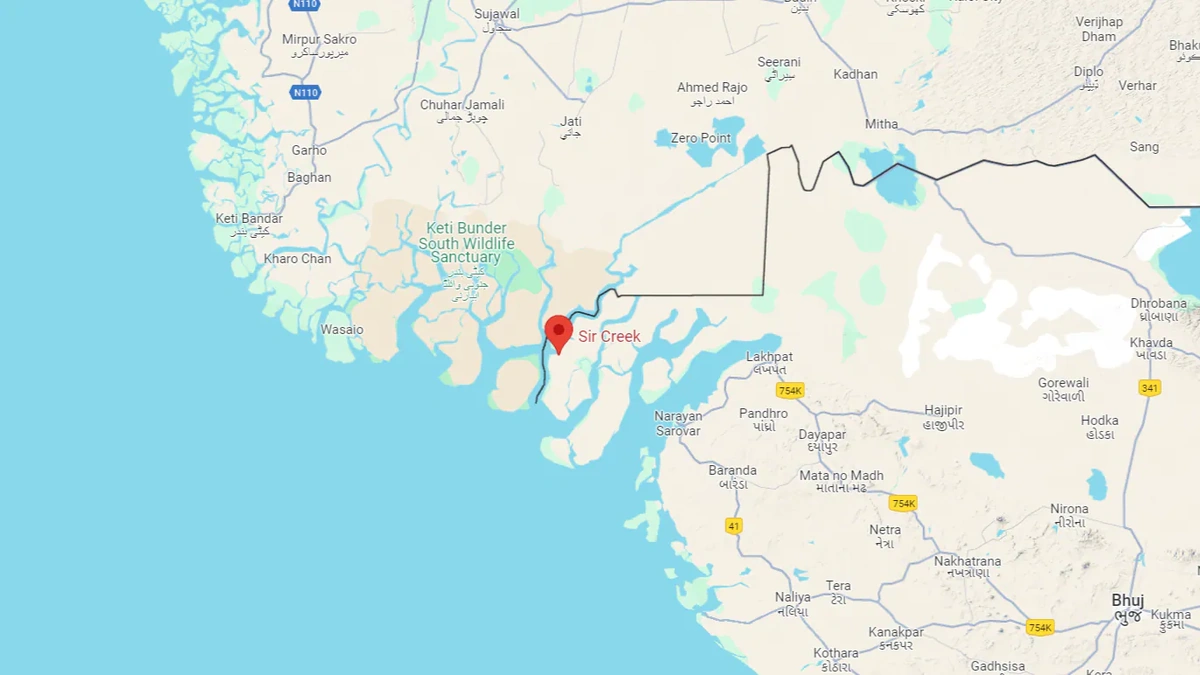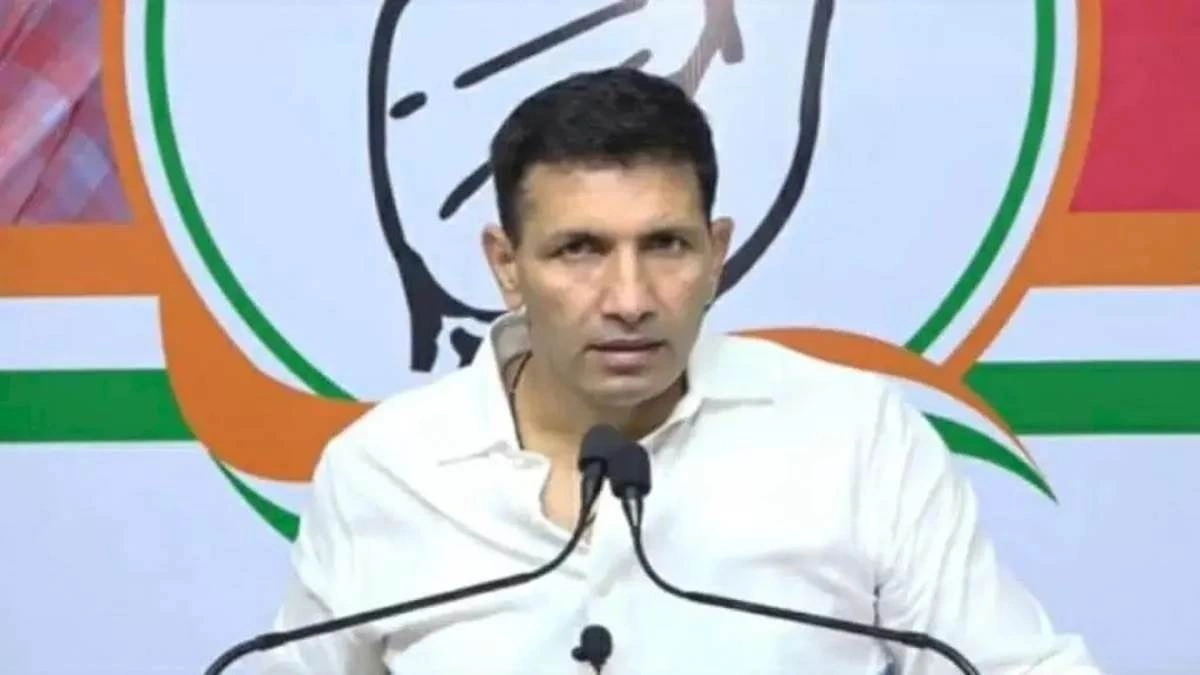Sir Creek | The Unsettled Boundary – Why It Still Matters
Sir Creek. The name itself might not ring a bell for many. But this narrow strip of water, meandering through the marshlands between India and Pakistan, has been a point of contention for decades. It’s not just about a few nautical miles; it’s about maritime boundaries, fishing rights, and potential oil and gas reserves. Let’s be honest, that’s where things get complicated. I initially thought it was straightforward, but then I realised there’s more to it than meets the eye.
The Creek’s Tale | A History of Disputes

The dispute over Sir Creek dates back to pre-independence times. The core issue? The interpretation of the 1914 Bombay Government Resolution, which demarcated the boundary between Sindh (now in Pakistan) and Kutch (now in India). India claims the boundary lies mid-channel, according to the thalweg principle. What fascinates me is that Pakistan, however, claims the boundary lies on the eastern bank of the creek. Here’s the thing: this seemingly small difference has huge implications.
Think about it. If Pakistan’s claim is accepted, it would gain control over a significant portion of the creek and, more importantly, access to a larger area of the Arabian Sea. This directly impacts India’s maritime zone and potential resource exploration. So, it’s not just about a line on a map; it’s about economic and strategic control.
Why Sir Creek Still Troubles Us | Implications Explained
So, why does this continue to matter? The answer is multi-layered.
Firstly, the unresolved boundary dispute hampers overall relations between India and Pakistan. It’s a constant reminder of the past and a potential flashpoint for future tensions. We’ve all seen how quickly things can escalate, haven’t we? But, more critically, this lingering dispute prevents the full exploitation of resources in the region.
Secondly, it affects the livelihoods of local fishermen. Both Indian and Pakistani fishermen often venture into the disputed area, leading to frequent arrests and confiscation of boats. Imagine the anxiety of a fisherman every time he crosses a perceived line at sea. According to several reports, hundreds of fishermen are detained on both sides every year.
Thirdly, potential oil and gas reserves in the region add another layer of complexity. The economic importance of Sir Creek cannot be overstated. Whoever controls the creek potentially controls access to these valuable resources. That is why it’s difficult to come to an agreement.
India-Pakistan Maritime Border | Attempts at Resolution and the Way Forward
Numerous rounds of talks have been held between India and Pakistan to resolve the Sir Creek issue, but a breakthrough remains elusive. Both sides have presented their arguments, maps, and historical records. Several proposals have been put forward, including joint surveys and international arbitration. As per reports available , there have been over twelve rounds of dialogue to find a resolution but the stalemate continues.
But here’s what makes me hopeful: despite the lack of a final settlement, both sides have shown a willingness to engage in dialogue. This is crucial. A peaceful resolution, based on mutual understanding and respect for international law, is the only way forward. Sometimes it’s easy to see a political solution, but implementing it can be challenging.
In the meantime, confidence-building measures, such as the release of fishermen and the establishment of a joint mechanism for patrolling the area, could help reduce tensions and prevent further incidents. So, it’s about more than just drawing a line; it’s about building trust and cooperation.
Fishing Rights and Livelihoods | A Human Dimension
Let’s not forget the human cost of this dispute. For generations, communities on both sides of the border have relied on the creek for their livelihoods. Restricting access to fishing grounds has a devastating impact on their lives. The situation is further complicated by the lack of clear demarcation, leading to unintentional border crossings and arrests.
What fascinates me is the resilience of these communities. Despite the challenges, they continue to eke out a living from the sea. A solution to the Sir Creek dispute must take into account the needs and concerns of these communities. Ensuring their access to fishing grounds and providing them with alternative livelihood options are essential steps.
Beyond the Boundary | A Future of Cooperation
The Sir Creek dispute is a complex issue with deep historical roots. But it is not insurmountable. What I think is that with political will, a spirit of compromise, and a focus on the well-being of local communities, a lasting solution can be found. A solution that not only resolves the maritime boundary issue but also paves the way for greater cooperation between India and Pakistan in other areas. Cooperation in trade, tourism, and environmental protection could bring significant benefits to both countries.
The future of Sir Creek should be one of shared prosperity, not continued conflict. Because, let’s be honest, both countries have much more to gain from working together than from fighting over a few square miles of marshland.
FAQ About Sir Creek
What exactly is the Sir Creek dispute about?
It’s about the demarcation of the boundary between India and Pakistan in the Sir Creek area, a 96 km strip of water. India claims the boundary lies mid-channel, while Pakistan claims it lies on the eastern bank.
Why is Sir Creek important?
Its geopolitical significance is due to potential access to maritime resources and control over fishing rights.
How has the Sir Creek dispute affected fishermen?
Fishermen from both India and Pakistan often get arrested for crossing the perceived border, leading to loss of livelihood.
What are the possible solutions to the Sir Creek dispute?
Possible solutions include joint surveys, international arbitration, and a negotiated settlement based on historical records and international law.
Are there any potential resources in the Sir Creek area?
Yes, there is potential for oil and gas reserves, making the area economically significant.
Has there been any progress in resolving the Sir Creek dispute?
Numerous rounds of talks have been held, but a final agreement remains elusive. Confidence-building measures and continued dialogue are key.













